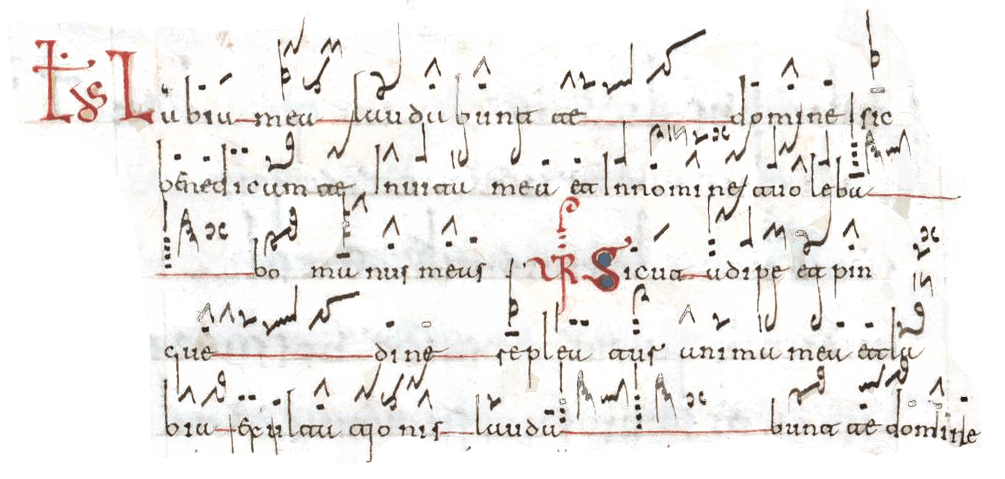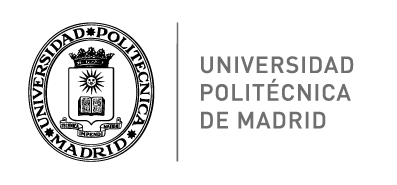Giving Voice to Hispanic Chant
through a Phylogenetic Study of Medieval Plainchant
RESOUND is an AdG-ERC project that strives to decode the pre-Gregorian notation of Hispanic chant using innovative tools like bioinformatics and virtual restoration. By giving voice to silent melodies in ancient manuscripts, the project aims to recover Hispanic chant and offer new insights into the generative dynamics of European plainchant repertoires, contributing to the restoration of the medieval soundscape.


The Christian sacred chant is the oldest written musical repertoire preserved in the West. Before the unification of European liturgy in the 9th century with the chant known as “Gregorian,” there were several liturgical families, each with its own musical repertoire, originating in the ancient Western Roman provinces.
One of them, the Hispanic liturgy, is preserved in writing – both text and music – in manuscripts from the years 700 to 1300, which allow us to understand its ceremonies and texts, but not its melodies. This is because the signs that annotate these melodies do not indicate specific intervals, as they were written before the invention of a system with precise information about melodic heights.
Therefore, Hispanic notation is considered indecipherable, and its thousands of melodies remain silent.
RESOUND project aims to achieve what has been considered an impossible task so far: giving voice to the signs of Hispanic chant.
To accomplish this, we will use tools that have never been applied to the study of medieval chant: bioinformatics, genetics, computational analysis, auditory architecture, and virtual restoration of sound and images, along with tools from the humanities, including musical interpretation.
With this, we intend to offer a new perspective on the generative and evolutionary dynamics of European plainchant repertoires, recover Hispanic melodies, and restore an important part of the medieval soundscape of Europe.



